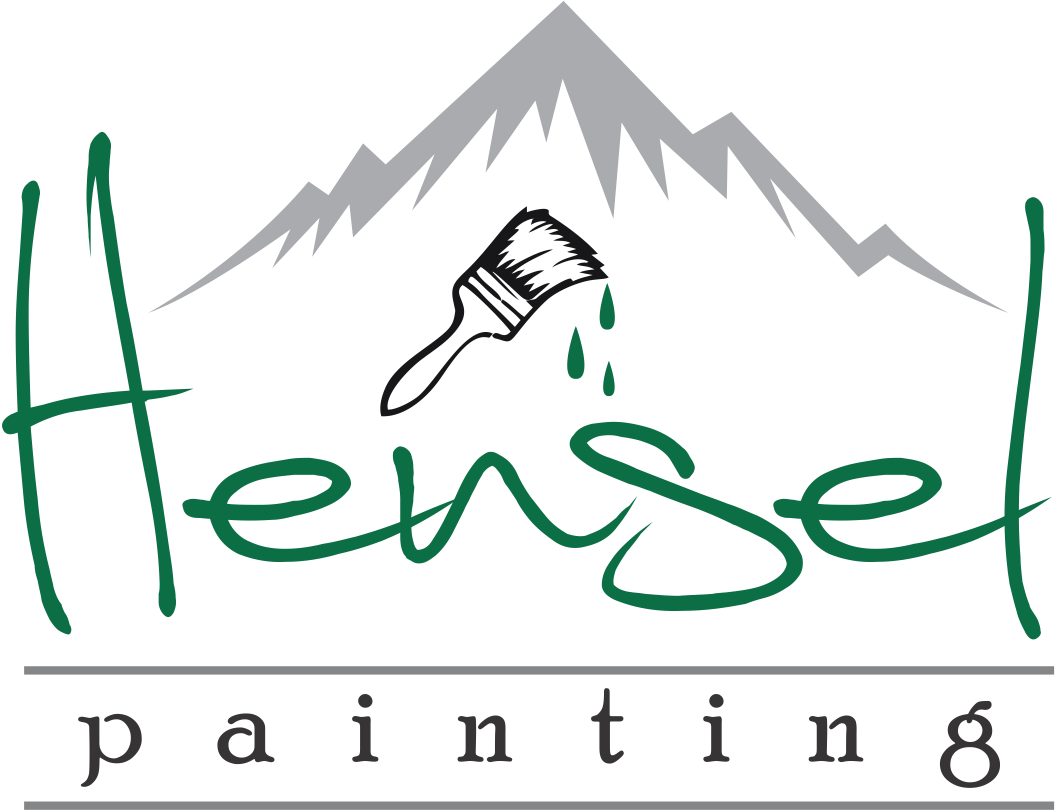Contrary to popular belief, painting with a standard paint brush and painting with a roller do not produce the same results. If your newest home project requires the work of a roller, but you are unfamiliar or new to using one, there are a few things you should know before the painting begins.
The Proper Tools For The Job
Quality work comes from working with good quality tools. In order to tackle your next painting job with a roller you will need:
Extended Handle
Roller Cover
5-gallon bucket
Bucket screen or a Painting tray
Paint Roller Frame
Refrain from purchasing the paint roller kit sold at most hardware stores. This seems like a great purchase (and an affordable one), however cutting corners on this type of equipment will end badly. A high-quality roller cover and frame will give you the best results. Purchase a shed-resistant roller cover with a plastic core instead of cardboard. The cardboard will absorb the paint and eventually break down.
Rolling Paint Onto Your Walls
Before you get to painting, remove any loose fibers from your roller, even if you bought a shed-resistant roller. With a little bit of tape, you can easily remove any loose fibers. Next, roll the cover into the paint which is either in a bucket or a tray. Do this multiple time to ensure the roller is completely covered. In order to ensure full coverage, work in a “W” pattern when rolling the paint onto the wall. It is also a good idea to paint in two to three-foot length sections. Move your pattern to fill in any unpainted areas until the wall is covered.
Extra Tips
Start at the top of your wall and work down.
Avoid applying pressure to the roller when painting. If you find yourself pressing hard just to get the paint to stick, it's time to add more paint to the roller.
DIY home projects are fun but the final product may not end how you envisioned. If you are looking for some assistance on your next home improvement project, call Hensel Painting. We are here to help! Call us today for your free estimate.








